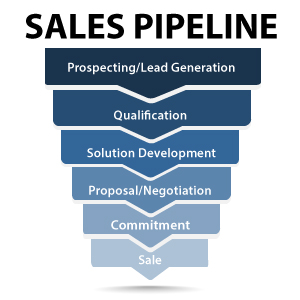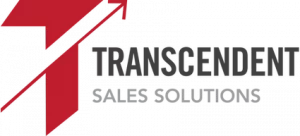
How to Create Bottom-up Revenue Goals that Make Sense
11/01/2022Dan Mahony, Fractional Sales Executive at Transcendent Sales Solutions, Shares His Thanksgiving Memories
11/22/2022- business
- CEO
- coaching
- coachingskills
- Dan Mahony
- leadership
- levelfive
- levelfivecoaching
- levelfiveselling
- marketing
- president
- sales
- sales business
- sales coach
- sales consulting
- sales expert
- sales leader
- sales manager
- sales motivation
- sales pipeline
- sales pipelines
- sales plan
- sales strategies
- sales team
- salesdevelopment
- salesmanagement

How Do I Calculate the Right Sales Pipeline Volume?
Sales Pipeline Methodology
Once you have established a revenue goal you believe in, the next step is to establish the methodology you’ll use to operate your sales pipeline. The components you’ll want to account for are:
- Sales Process. Establish a repeatable process by defining objective criteria for each pipeline stage, its key activities, and each pass-through gate requiring advancement to the next stage. If you are just getting started, here’s an article I wrote to guide your steps, Does Your Sales Process Generate Predictable Results?
- Close Probability. This is a percentage applied to each stage in the pipeline to reflect how likely a deal is to close. For example, deals in stage one may have a 10% chance of closing, while deals that make it to stage three may have a 70% chance of closing.

- Sales Velocity. The measurement of how quickly deals move through your pipeline and generate revenue. If you have a broad portfolio, sales velocity may differ based on product or service type. Velocity is important to identify deals that have gone dormant.
.jpg)
Feeding the Sales Pipeline
.jpg)
- Sales Process Stage-by-Stage Conversation Rates
- Sales Velocity by Product/Service Type
- Deal Size average by Product/Service Type
- Gross Margin average by Product/Service Type
- 1-year and 3-year Revenue Goal
- 1-year and 3-year Gross Profit Minimum
- Customer Lifetime in Years
Take Out the Guesswork
You can’t afford the risks associated with bad revenue goal setting or not having clarity on the sales pipeline volume necessary to ensure you are on the right track to achieve your monthly, quarterly, or annual targets.
Your company needs to develop a reliable sales pipeline methodology to drive its growth goals so proactive business plans can be confidently executed upon.
This is an essential tool that enables sales leaders to coach their salespeople to success.



Dan Mahony
President
I am part of a national group of Senior Sales Leaders who collaborate to share insights like the examples shown in this article. We formed because of our shared passion to help business leaders exponentially grow their revenue.





